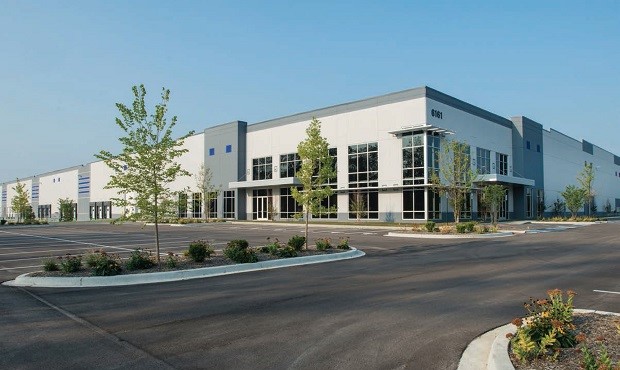 Building #1 at IDI's logistics complex at the Ameriplex business park.
Building #1 at IDI's logistics complex at the Ameriplex business park.
INDIANAPOLIS—The industrial sector in the Indianapolis metro area has been one of the nation's standout performers. And even though a few possible headwinds, such as higher construction costs and a shortage of skilled labor, could soon start having some effect, so far it looks like smooth sailing.
“At this point the balance between supply and demand quite good,” Sean McHale, an Indianapolis based principal with Avison Young, tells GlobeSt.com.
The company just released a study on the market's second quarter, and found a vacancy rate of just 4.8%. Indianapolis also experienced its 25th consecutive quarter of positive absorption, with tenants leasing another 1.8 million square feet. The construction pipeline thinned slightly to 4.1 million square feet under construction as developers completed three new large speculative projects. These projects include a 630,000-square-foot building developed by Molto Properties in Ameriplex; a 912,000-square-foot building, also in Ameriplex, developed by IDI; and a 440,000-square-foot project developed by Exeter Property Group in Whitestown, IN. Exeter was able to fully lease this speculative building before the end of the second quarter.
McHale adds that there are still a large number of tenants searching for warehouse and distribution space. This demand should continue to fuel rental rate increases and fill up the buildings now under construction.
A bigger problem may be finding workers to staff up all this new space. The region now has an unemployment rate of just 3.2%, McHale points out. “We haven't had anybody say, 'I absolutely can't get the workers I need,'” but there is at least the possibility that could happen.
In response, “I think companies are starting to appreciate their employees more,” he says. Even landlords of industrial properties are starting to rethink the workplace, much like has been done in so many offices. Making sure employees have more natural light, for example, has become a much bigger consideration for those who want to both attract and retain workers.
And this is not just an Indianapolis problem. “Everybody's fighting the same fight,” McHale says, especially in the top 25 or so markets. In the future, companies will most likely have to start not only paying higher wages, but pressing municipalities to help develop more affordable housing near places of employment. “People don't want to have to drive 45 minutes each way just to get to work.”
© Touchpoint Markets, All Rights Reserved. Request academic re-use from www.copyright.com. All other uses, submit a request to [email protected]. For more inforrmation visit Asset & Logo Licensing.







